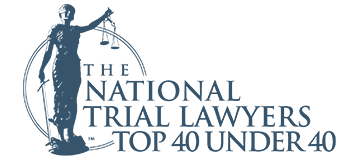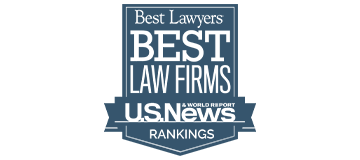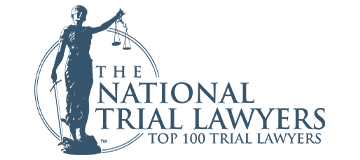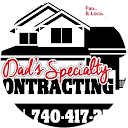For many people, a day at the fair means eating deep-fried foods, looking at prizewinning animals, and enjoying entertainment along the fairway. Unfortunately, the day doesn’t always go that way for everyone.
In July 2017, a young couple boarded the KMG Fireball ride at the Ohio State Fair. Within minutes after it started, the ride broke apart, tossing them high into the air, killing Tyler Jarrell, 18, and permanently injuring Keziah Lewis, 19. Several other people were hurt, including 19-year-old Jennifer Lambert, who died from her injuries the following year.
Investigators determined the underlying cause of the tragedy was interior corrosion. A flaw in the design of the ride allowed water from the elements to collect in the Fireball’s swing arm, which weakened a critical support beam over the years until it failed. The inspection process in place at the time did not reveal the problem because ride inspectors were not checking internal components while the rides were being assembled. Ohio lawmakers responded by passing new regulations in October 2019. “Tyler’s Law” adds more inspectors to the process and improves overall inspection practices.
State and County Fair Safety Tips
Injuries at amusement parks and fairs are more common than you might think. According to the Consumer Product Safety Commission, more than 29,000 riders ended up in emergency rooms in 2017 alone.
Fairgoers can take general precautions to protect themselves, but the responsibility to prevent a catastrophic event flows uphill. The people in the best position to keep you safe are the experts—product manufacturers, ride owners, inspectors, and the department of agriculture or other organization hosting the fair.
Here are a few fair safety tips to keep in mind:
- Observe the ride operator. As you wait in line, keep an eye on the operator to see if they are paying attention to the ride and the people on it. If they are distracted or if they appear to be under the influence, alert a police officer or fair authority and find a different ride.
- Follow ride rules. If you bring children to the fair, make sure they are the right age, weight, and height for each ride so the safety restraints work properly.
- Use the safety equipment. Let the operator know if your seatbelt, lap bar, or shoulder harness is not secure before the ride starts. If the ride has handrails, hold onto them.
- Listen to your body. Spending hours in the sun making your way through the crowd can be stressful. If you have heart or other health issues or if you start to feel tired or shaky, skip the fair rides and take a break in the shade or an air-conditioned building.
- Watch your balance. Fairgoers will likely encounter slippery surfaces, power cables, and other obstacles on the fairgrounds. Look ahead as you walk to avoid slips, trips, and falls.
For a free legal consultation, call (614) 481-6000
What To Do If You Are Injured At A State or County Fair
A catastrophe at a fair can result in death, serious permanently injuries, and a mountain of medical bills. Injuries can also prevent victims from attending important family events like weddings and graduations.
If you have been hurt at a fair and you have an inkling that someone else’s negligence may have caused your injuries, contact an attorney at our office. We gather all available information through public records requests, witness interviews, among other sources. We dig into the details so you can focus on healing. If your situation does not result in a claim, you don’t have to pay for our services.
Connect with us. We’re here to help.
The outcome of any client’s case will depend on the particular legal and factual circumstances of the case.
Call or text (614) 481-6000 or complete a Free Case Evaluation form
















































